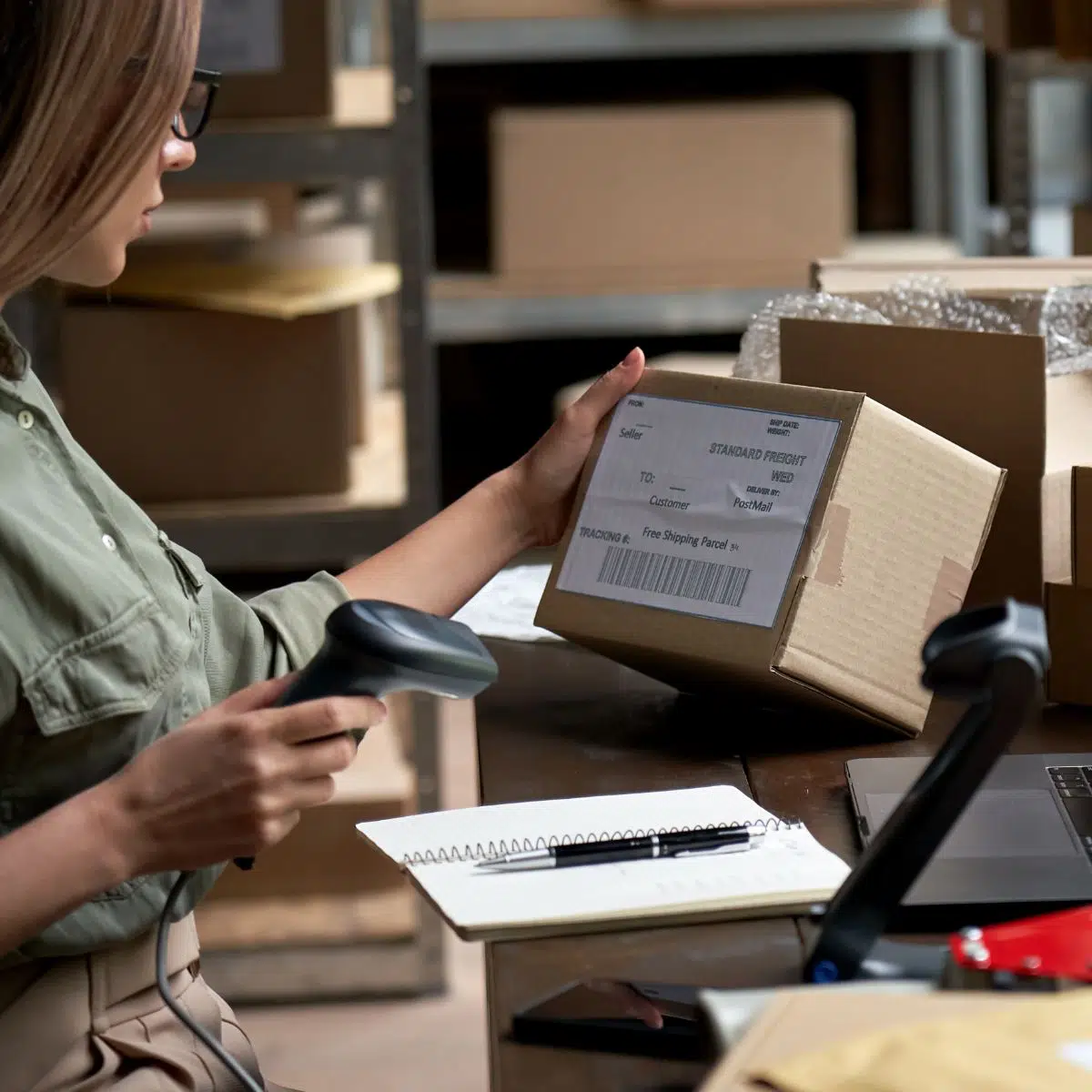The Cost of Returned Goods | Top 3 Reasons for Returns

The conventional chatter around retailers’ growth and performance is all about sales; how much product they’re moving, and how fast they’re moving it.
But it’s rarely mentioned that 16.6% of total U.S. retail sales were returned in 2021, according to the National Retail Federation (NRF). Up to 30% of B2B sales may be returned (Forrester). These enormous return volumes are impacting companies’ costs, efficiency and profitability.
Read on to learn the biggest factors driving up a company’s return costs and how to minimize them for your business.
The Costs of an Online Return and Refund
The huge volume of online returns is driving up costs significantly for B2C and B2B sellers. Research has found that the cost of managing a return is about 17% of the prime cost, while others estimate the cost to be as high as 30%.
A recent study by ReverseLogix, conducted with Lead to Market, reported that 80% of retailers interviewed said their returns’ cost are “significant to severe.” Here is a breakdown of those major costs:
- Warehouse and equipment costs: The warehouse space and machinery needed to manage 10-30% return rates was noted as the highest source of returns costs.
- Transportation costs: The cost of a “free” return for the consumer, plus the cost of moving goods from a store or central warehouse to the final dispositioning place.
- Labor costs: The costs of warehouse employees managing the return; the costs of customer service teams handling questions about returns, refunds and exchanges; plus labor tasks related to restocking, reselling or recycling an item.
- Environmental costs: According to McKinsey, an estimated 10% of all returns end up in a landfill.
Top Reasons for a Return
The most common reasons for returning products vary by industry (automotive purchases lead the pack, with 1 in 5 purchases returned), so be sure to track return reason codes for your own enterprise. Aggregate and study the data to get specific insights into why your customers are making a return, which will help you potentially minimize returns before they happen. The more you understand why a customer returns a product, the more you can leverage post-purchase behavior analysis to your benefit.
The Customer Changed their Mind
This is a common reason for eCommerce purchases, where the customer can’t see or feel the actual item. To give customers a better understanding of the product, companies should consider quality customer reviews and detailed product descriptions with photos to give customers a better understanding of the product.
The Customer is Bracketing
Have you purchased multiple sizes or styles of clothing, only to keep a fraction of what you originally ordered? For most of us, our home has become the preferred fitting room, enabling us to try on clothes in the comfort of our own space. But the result for retailers is high return rates, higher costs to manage returns, and higher environmental costs due to increased transportation emissions and landfilling.
The Item Arrived Damaged or Defective
In this case, an exchange – rather than a refund – may be in order. It’s estimated that 5-30% of items are returned because they arrive damaged or faulty. Implementing the right returns technology can help you repair items quickly and minimize costs.
Using Returns Management Software for Happy Customers
Although the best return is a return that never happens, the second best return is one that gets the customer to make another purchase…and another, and another.
That’s why creating an easy, positive returns experience is so important. Two-thirds of buyers check a company’s returns policy before purchasing. A positive returns experience is a driving factor as to whether that customer will purchase from you again.
Returns management software is essential for creating an easy returns experience. At ReverseLogix, we enable B2C, B2B and hybrid companies to provide a world-class returns experience:
- A fully branded, intuitive returns portal
- Customer-centric features
- Self-service returns
- Easy exchanges
- Instant crediting
The result? Companies that use ReverseLogix improve customer satisfaction 15-25%.
“We’ve seen a massive difference in giving customers the returns portal. They love how easy it is and how they can always see the status – and it costs so much less for us to manage.”
– ReverseLogix Customer
How to Maximize Returns Profitability
Returns will never go away for good, so the goal is to minimize them as much as possible and process them as efficiently as possible. Consider these strategies for minimizing product returns’ cost:
- Direct consumers to return their item at a local store or fulfillment center, rather than through the mail. Many shoppers prefer making an in-person return, and McKinsey found it’s less expensive to manage returns made at a physical location than those received in the mail. In addition, return processing time can be cut by up to 18 days, improving the likelihood that the item can be resold at full or near-full price.
- Use ReverseLogix RMS data: ReverseLogix is the only RMS that delivers start-to-finish insights on your return reasons and processes. Catch quality issues that are driving high return rates, track key metrics to stay ahead of problems, and minimize returns.
- Poor shipping and handling processes can lead to high costs. Use RMS shipping data to pinpoint inefficiencies in shipping costs.
- Use microfulfillment centers (MFCs) to process returned goods efficiently. Because MFCs are located in densely populated areas, they can potentially lower return costs due to shorter transportation times and the ability to get items back on the shelves quickly.
Rethink Return Policies
With return volumes going up, and transportation and processing costs increasing, companies are rethinking aspects of their returns policy. Consider:
- Charging a nominal fee for product returns.
- Tracking customers who have extremely high return rates, and set rules around the number of returns allowed in a certain time period.
- Setting a cutoff date for holiday returns, so you’re not managing them for months after the holidays.
- Placing restrictions on popular orders, requiring a shorter period for returning them so you can get them back on the shelves faster.
Return policies must be easy for your customers to understand and follow, and reasonable for your business. Read more about best practices for creating and implementing a retail returns policy.
Automating Returns to Lower Costs
In the past few decades, there has rightly been a large focus on automating transportation, warehousing, and inventory management. Today, automating returns operations is finally evolving with game-changing RMS technology.
From start to finish, an RMS automates returns management to keep costs low.
- Standardize workflows across your facilities and partner locations, so you’re not losing money to guesswork.
- Gain clear visibility into costs and inventory tracking, so you always know where products are located.
- Manage customer registrations, perform in-warranty and out-of-warranty repairs, track parts and their value, and perform multi-level repairs in which everyone works in the same software platform across facility locations.
